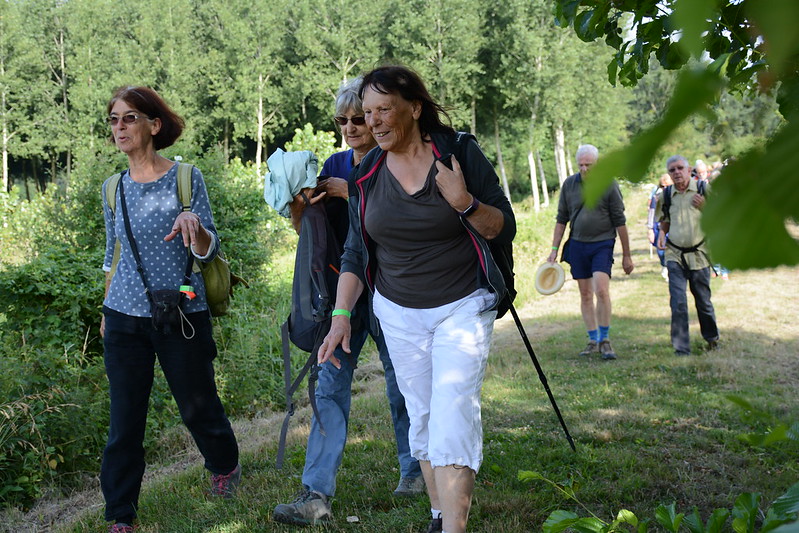Between Vienne and Chinonais

Thizay
Between Vienne and Chinonais
Easy
1h30
5,7km
+119m
-120m
Loop
Embed this item to access it offline
Description
- Opposite the town hall, a small passageway leads to the village washhouse. A place of conviviality until the beginning of the last century, the washhouse with its pitched roof, built in 1885, has retained all its character.
- A former stronghold dating back to the second half of the 15th century, the Château de Vaumenaise has undergone several alterations and still boasts dwellings dating back to the 17th and 18th centuries. Eleven ovens dug into the rock have stood the test of time, as has a fuie, housed in a square pavilion where only the upper level was converted into a dovecote.
- To the south of the village, you cross the dry Verrière valley, perpendicular to the Vienne riverbed, at the end of which nestles the village of Thizay.
- Departure : Thizay's church
- Arrival : Thizay's church
- Towns crossed : Thizay, Seuilly, and Lerné
Forecast
Altimetric profile
Information desks
1 Rue Rabelais,, 37500 Chinon
Report a problem or an error
If you have found an error on this page or if you have noticed any problems during your hike, please report them to us here:
Source
SPL Saumur Val de Loire Tourismehttps://www.ot-saumur.fr/